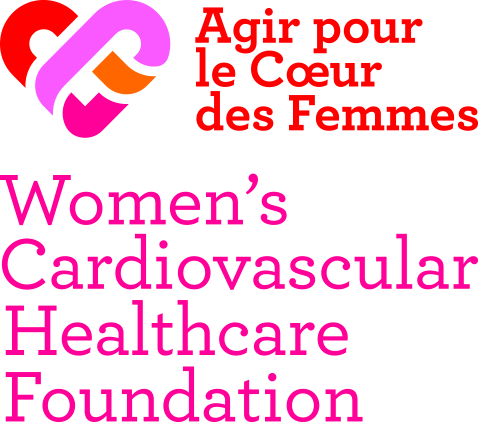
ACTUALITE
Why You Should Tell Your Doctor About Your Migraines
A recent scientific article highlighting the link between migraines and cardiovascular risk is the perfect opportunity to remind our community about this symptom and why you should talk with your doctor about this often-neglected vascular risk factor to make sure you get the best care.
SEE ALSO
How the Placenta Plays an Essential Role in Nourishing a Baby
What happens when the placenta doesn’t develop correctly? In some situations, the placenta develops incorrectly, doesn’t develop enough, ages to quickly or sometimes detaches from the uterus too soon. This can lead to a dysfunction that causes complications for the mother and the baby as [...]
Responses to Your Questions About Heart Attacks
What are the first steps when a patient arrives at the emergency department? Are older people managed differently way? What is the medical follow-up after a heart attack? What is cardiac rehabilitation? How can I manage the anxiety of a possible recurrence? Can I start driving again after a heart [...]
How to Prevent Cardiovascular Disease: New Recommendations Specifically for Women
Classic cardiovascular risk factors have different consequences or frequencies in women and they have some risk factors that only apply to them. Cardiovascular disease may show up differently for them. Finally, they don’t react to treatment in the same way. Risks During Pregnancy In 10% to [...]




